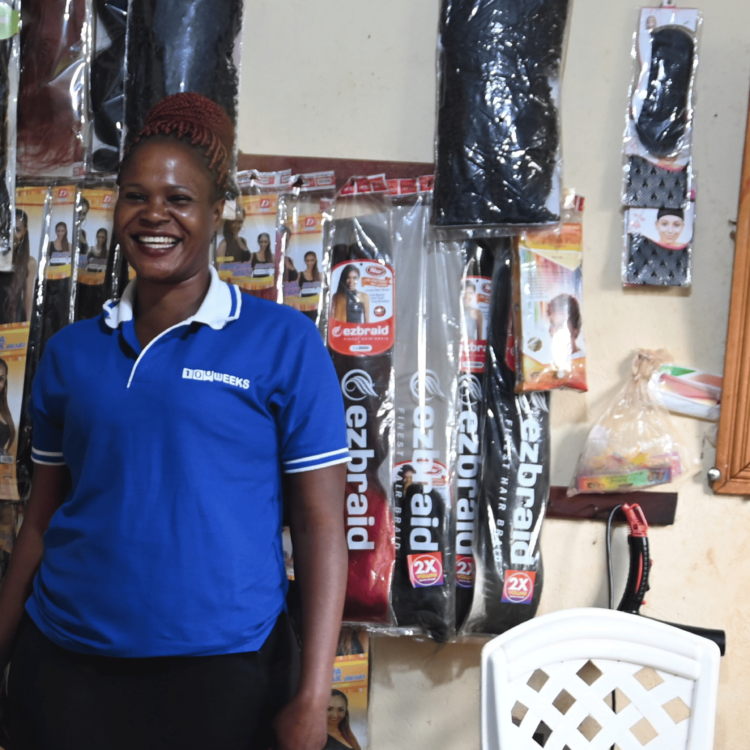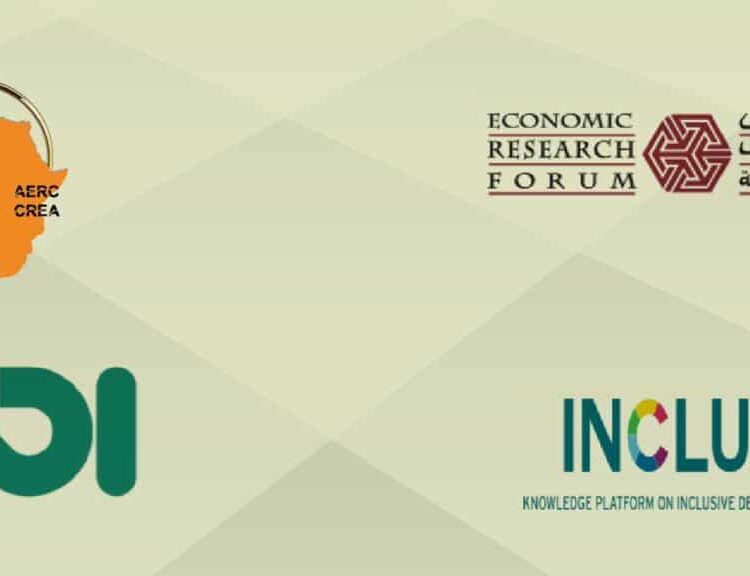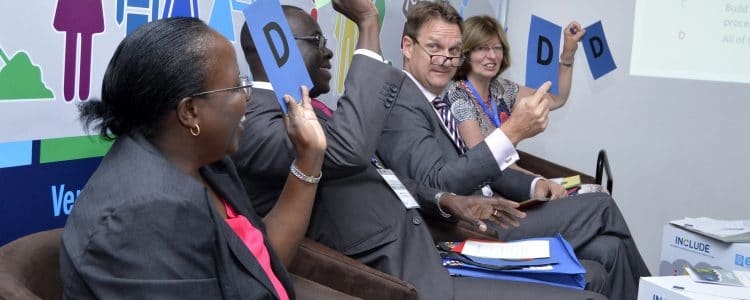
Social protection has the potential to make a great contribution towards achieving inclusive growth, alleviating poverty and reducing inequality, and is already doing so in many African countries. Yet the contribution depends on choices about the type of programmes, the target population, coordination and implementation, sources of finance, and political will. This was the main conclusion drawn during the conference ‘Social protection for inclusive growth in Africa’, hosted by INCLUDE and the Economic Policy Research Centre (EPRC) in Kampala, Uganda on 21 June.
The first and foremost conclusion acknowledged by participants was that social protection programmes have yielded positive results throughout Africa. The large pile of impact evaluations show positive impacts on key development indicators such as food security, health and employment rates. To explore how policymakers can best improve their investments in social protection, the main question of this conference therefore was not ‘if’ social protection works, but what type of programmes work, where, for whom and at what costs?
In the morning, two keynote speakers provided their views on which programmes work best for whom. Stephen Kidd (Development Pathways) and Michael Samson (EPRI) both showed how universal programmes have led to the best results for poor households. According to Kidd, targeted programmes often benefit those who do not need to benefit while not reaching the poorest, as shown by the inclusion and exclusion errors in figure 1. Universal programmes do not only lead to smaller inclusion and exclusion errors, but reach a larger correctly selected population as well (see figure 2). Moreover, ‘hidden costs’ of targeted programmes may be overlooked. For instance, public works programmes may increase labour participation of women, but in turn also increase child labour.
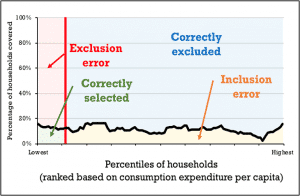
Figure 1: targeting errors in the PSNP, Ethiopia (source: Kidd, 2018)
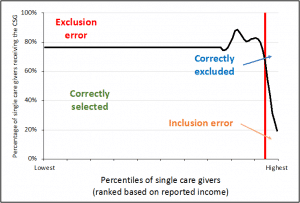
Figure 2: targeting errors of the child benefit programme in South Africa
INCLUDE’s presentation of the synthesis study The ‘business case’ for social protection in Sub–Saharan Africa confirmed the importance of universal cash transfers. The returns to investment for the local economy can be large, depending on the duration, predictability and regular payment of the transfer. Yet the study also concluded that vulnerable groups often require more to be lifted out of poverty. Integrated programmes, such as those combining a cash transfer with asset transfers or mentoring, are considered cost-effective: in the long term, benefits outweigh the costs.
Why is this social protection potential not fully recognized yet? The answer lies in three types of silos, each discussed in this conference. First, the impact of programmes is often looked at within a very limited scope. As outlined by Samson, the mindset of thinking within boxes (what is the impact of intervention A on achieving outcome B) prevents us from seeing the full range of benefits. Moreover, social protection is often considered a single intervention although integrating social protection into other social policies (such as food and nutrition security) has proven to yield substantially higher results than the social policies alone if we consider the full range of benefits, especially when including spill over beyond the area and population of the intervention.
A second silo can be recognized in the attempts to convince policymakers to invest in social protection. Actors advocating for social protection often point to different programmes, which may lead to little action. We should then look at how alliances can be improved to increase political will. For instance, the question was raised about what international organizations like UNICEF and Oxfam can advocate for. Jean Bossuyt, INCLUDE platform member, also raised the issue of rising middle classes in Africa: how can they demand social protection from their governments? Stephen Kidd argued that policymakers are likely to support universal programmes more than targeted programmes, because they benefit more people within society. This may be an explanation for the recent rise of social pensions: governments can win votes by introducing them. Hence, even though limited resources are a key factor as to why governments don’t invest more, the lack of political support is also key. As outlined by INCLUDE platform member Paschal Mihyo, the issue is not the size of national GDP’s but instead it is an issue of priorities, especially on prioritizing the needs of vulnerable groups. Forming alliances to advocate for social protection can help convince key actors, such as members of Ministries of Finance, to invest.
A third and major silo withholding progress in social protection lies in the implementation and coordination of policies. Many countries are introducing laws, policies and institutions supporting social protection. The Yaoundé’s Tripartite Declaration and recognition in the Sustainable Development Goals show that the importance of social protection is acknowledged above national levels. Yet policies are often not fully implemented, or done in an inefficient manner. A key issue here is the cooperation between national governments and regional and local authorities. In Kenya for instance, the capacities for implementation at the county level are varied. Social protection policies therefore need to be combined with strengthening institutions and improving political will at various levels. Moreover, instruments such as single registries are important to improve efficiency.
Even when these silos are overcome, governments will need to increase tax revenues to afford social protection. How? First, social protection itself creates returns that increase tax revenues. Improvements in wellbeing can result in higher expenses, which can increase indirect tax revenues such as VAT. Second, private sector initiatives need to be considered. Two examples of social pension initiatives set up by the private sector were present at this conference. Although not all types of social protection can be deemed profitable for the private sector (especially those targeting vulnerable groups), governments can consider ‘outsourcing’ interventions such as pensions and (contributory) insurances to private actors.
To achieve all of this, sharing evidence on ‘what works and why’ is key. As many programme evaluations only measure impact in the short-term (around 3 years), within a narrow scope (not beyond the area of intervention) and with limited parameters (such as not measuring indirect impacts) it is essential to change the way we study social protection. Not doing so may result in abstained acknowledgement of its importance. As stressed by Isa Baud, steering group director of INCLUDE, building partnerships between the various institutions studying social protection is key.
Taking that message into account, this conference was a promising dialogue for sharing knowledge with various policy actors. The conference was closed by Sarah Ssewanyana, executive director of EPRC and INCLUDE steering group member, with the words: “I hope we all leave here with a better appreciation of social protection and how it can contribute to inclusive growth in Africa”.
Please accept marketing-cookies to watch this video.

